Organizations are growing increasingly exposed to cyber attacks as digital information and technology become more integrated into day-to-day operations. The increasing requirement to safeguard applications is pushing the global value of penetration testing.
Furthermore, the growing usage of cloud-based security services raises the need for penetration testing. Today, all technology businesses and financial services organizations do penetration testing to identify application vulnerabilities, such as configuration mistakes, design flaws, and software defects.
In this post, we will look at cloud pentesting and its most recent cloud security trends defining the future of data security in the digital world. We’ll also shed light on the best practices of cloud penetration testing, the top security issues in 2024.
Because of the cloud’s simplicity, scalability, and cost-effectiveness, organizations and people alike have embraced it. However, as the cloud grows in popularity, so do the security issues that come with it.
Additional Information on Cloud Security
Cloud adoption is accelerating, with an increasing number of organizations opting to future-proof their technology and operations by switching to cloud-native technologies. Furthermore, the quantity of data stored across public, corporate, and government clouds is expected to exceed 100 zettabytes by 2025, or about half of the world’s data.
The danger of cloud data breaches will increase as our dependence on cloud storage grows. In 2021, 39% of firms had a cybersecurity breach, and that figure is expected to rise, with losses expected to hit $10.5 trillion by 2025.
Cloud security is regularly upgraded and modernized to address this expanding danger. Implementing a strong cloud security plan will help you to meet your operational objectives while also allowing you to:
- Enhance the application’s stability.
- Reduce downtime while increasing business continuity.
- You can easily scale your apps.
Understanding Cloud Security Penetration Testing
The security of cloud-based systems, applications, and services is assessed through cloud penetration testing. Its primary focus is on thoroughly evaluating the various components of cloud computing, such as Software as a Service (SaaS), Platform as a Service (PaaS), and Infrastructure as a Service (IaaS). This type of testing is required due to the move toward cloud use in current company infrastructures.
Important Considerations:
- A Cloud-First Approach: Understands and targets vulnerabilities inherent in virtualized, scalable, and frequently complicated cloud systems.
- Tools & Techniques for Specialized Work: Utilizes cloud-specific technologies, considering various cloud service providers’ particular setups and services.
- Complex Attack Surfaces: Identifies and fixes unique cloud-based platform vulnerabilities such as misconfigurations, insufficient access controls, unsecured APIs, and data breaches.
- Scalability Issues: Addresses issues raised by the scalable nature of cloud services, ensuring evaluations are flexible to changing infrastructure.
Learn More: AWS Pentest | GCP Pentest | AZURE Pentest
Why is Cloud Security a Need for Businesses?
Cloud penetration testing enables enterprises to strengthen the security of their cloud environments, minimize unnecessary system breaches, and stay in compliance with their industry’s standards. Furthermore, it accomplishes this by assisting in the identification of vulnerabilities, threats, and gaps in a security program. Its proactive remediation guidance enables security teams to prioritize actions and address security vulnerabilities in accordance with their most significant business concerns.
In particular, cloud pen testing:
- Aids in increasing an organization’s overall visibility of business risk.
- Aids in the identification of vulnerabilities.
- Shows the possible effect of discovered vulnerabilities if exploited.
- Provides specific remedial suggestions to address vulnerabilities and reduce related risk.
- Facilitates adherence to regulatory requirements and industry standards.
- Provides documentation and evidence of security measures taken, aiding in compliance audits.
- Supports in staying ahead of evolving cyber threats and maintaining a resilient infrastructure.
Are you a business with cloud-based applications and worried about its security? We are here to help! Get in contact with our expert security consultant and get every insight into cloud penetration testing!
Talk to our Cybersecurity Expert to discuss your specific needs and how we can help your business.
The Top Security Concern in 2024
1. Compliance and Regulatory Challenges:
As data privacy laws and industry regulations evolve, organizations must navigate a dynamic environment of compliance requirements specific to their industry and geographic location.
Ensuring cloud deployments align with these standards and regulations poses a significant challenge. Non-compliance exposes organizations to legal consequences and increases the risk of data breaches.
Thus, organizations need to stay abreast of regulatory changes and implement robust strategies to maintain compliance in their cloud infrastructure.
2. Data Breaches and Unauthorized Access:
One of the top concerns in cloud security revolves around the persistent threat of data breaches and unauthorized access. As organizations increasingly migrate sensitive data to the cloud, the potential for unauthorized access and data exposure becomes a critical issue.
Furthermore, cybercriminals are continually evolving their tactics to exploit vulnerabilities. These include cloud configurations, misconfigured security settings, or weak authentication mechanisms, making it imperative for organizations to enhance their data protection measures and access controls.
3. Advanced Persistent Threats (APTs) and Sophisticated Attacks:
The landscape of cyber threats includes an elevated risk of advanced persistent threats (APTs) and sophisticated attacks targeting cloud environments.
Furthermore, APTs are prolonged, targeted attacks conducted by well-funded and organized threat actors to gain unauthorized access to sensitive information.
With the increasing reliance on cloud services, organizations face the challenge of defending against highly sophisticated attack vectors that exploit vulnerabilities in cloud infrastructure, applications, or even supply chain components.
This necessitates proactive and adaptive cloud penetration testing solutions to detect and mitigate APTs effectively.
9 Emerging Cloud Security Trends in 2024
Every year, the environment of cyber assaults evolves, and there have been several important strikes in recent years. Businesses will face several new cyber assaults in 2024, which is why we’ve compiled a list of the top cyber security trends to assist you in keeping ahead of growing threats. Here are the trends that your security teams should be aware of in 2024:
1. Data Encryption in Confidential Computing
Cloud security trends include safeguarding data at rest or in transit and protecting it while it is being processed in memory. Confidential Computing overcomes this issue by encrypting data in use.
This enables cloud providers to compute encrypted data without disclosing the real content. As a result, critical data is protected even from possible insider threats or criminal actors attempting to compromise the cloud infrastructure.
2. Model of Zero Trust
In 2024, cloud-based enterprises will use the zero-trust approach, which states that organizations must validate everything before trusting anything within or outside the business’s perimeter. Because every enterprise is migrating to the cloud, it is critical to implement a zero-trust paradigm that allows only the appropriate users and services to access data and resources.
Unlike traditional security methods, which are incapable of protecting resources, zero trust architecture contributes to a stronger security posture by lowering the attack surface and mitigating all risks.
3. DevSecOps Automation
Organizations should emphasize DevSecOps in 2024 because this technique allows them to minimize problems before they have an impact. Using this method, you will be able to add security across the whole application development lifecycle.
DevSecOps is extremely beneficial in firms with completely automated application development lifecycles since it helps safeguard every layer of the development process. Both security and DevOps teams must collaborate to adopt this paradigm and make security a continuous process within the CI/CD pipeline.
4. Cybersecurity Mesh
The fast acceptance of the cybersecurity mesh idea, which strives to secure the security of data and assets on the cloud, is one of the latest trends in cloud security. Integrating into numerous locations across a network highlights the dispersed and linked nature of security control rather than depending on a single security perimeter.
This technique generates a network of security controls that adapt dynamically to the cloud environment. Furthermore, this entails building a dispersed network and infrastructure that builds security perimeters around the linked network of the individual. Implementing cybersecurity mesh enables businesses to control their security rules from a centralized location across the whole cloud.
5. Using AI/ML in the Cloud
To safeguard the cloud infrastructure, you should place a greater emphasis on using AI and machine intelligence. Furthermore, using AI and ML-based security solutions will assist firms in automating various procedures and promptly resolving any security concerns.
Together with machine learning, artificial intelligence can scan all data in the cloud architecture and discover harmful data patterns to trigger alarms. To maintain a strong security posture, you should also focus on employing sophisticated security solutions that utilize AI to manage and mitigate threats.
Related: Role of Automated Penetration Testing
6. Implementing Multi-Factor Authentication
Passwords are no longer sufficient to provide secure access to cloud services. MFA adds a degree of security by forcing users to produce several forms of identity before getting access.
Something they know (password), something they have (smartphone), and something they are (biometric data) may be included. Furthermore, MFA considerably minimizes the danger of unwanted access, ensuring that the cloud remains a data security fortress.
7. Improvements to Identity and Access Management (IAM)
IAM is still a vital component of cloud security, and improvements in this area are unavoidable. Adaptive access controls, which dynamically alter access credentials based on user behavior, context, and risk assessment, are emerging as new trends in cloud security management.
Another emerging topic is user and entity behavior analytics (UEBA), which provides real-time monitoring and detection of unusual user activity to prevent illegal access or insider threats. These IAM additions provide an additional security layer and help create a more complete security architecture.
8. Implementation of SASE
Another cloud security trend for 2024 is Secure Access Service Edge (SASE), which is a hybrid of cloud security services and network security. SASE is extremely useful for modern enterprises since it combines WAN capabilities and many security elements to build a strong security environment within the cloud.
Many enterprises are adopting this security trend because it encourages better cloud security management and allows them to strengthen overall security. SASE will assist you in securing user access to cloud resources, independent of device type or location.
9. AI-Powered Threat Detection
Traditional security methods may need to be improved as cyber-attacks become increasingly sophisticated. Enter artificial intelligence (AI)-driven danger detection, which acts as the sky’s vigilant eye.
AI algorithms are constantly analyzing enormous volumes of data in order to detect abnormalities, potential breaches, and suspicious activity. This proactive method assists firms in detecting and mitigating risks before they disrupt cloud infrastructure. One of the biggest cloud security developments is AI-driven threat detection.
Want to get deep insight into Cloud Security Trends? Click Here to Read More
What are the Cloud Penetration Testing Methods, and How Does it Work?
The quantity of information supplied before an interaction can have a significant impact on the results. Penetration testing methods are often classified as white box, black box, or grey box.
1. White box testing
White box penetration testing, also known as crystal or oblique box pen testing, entails providing the tester with complete network and system knowledge, including network maps and passwords. This saves time and lowers the overall cost of an engagement. A white box penetration test may be used to simulate a focused assault on a given system by employing as many attack paths as feasible.
2. Black box testing
A black box penetration test provides no information to the tester. In this case, the pen tester takes the path of an unprivileged attacker from first access and execution until exploitation. This scenario is the most realistic, showcasing how an attacker with no inside information may target and compromise a company. However, this also makes it the most expensive alternative.
3. Grey box testing
Only minimal information is given to the tester during a grey box penetration test, also known as a transparent box test. Typically, this takes the form of login information. Grey box testing can assist you in determining the extent of access a privileged user has and the possible harm they might create. Furthermore, Grey box tests achieve a balance between depth and efficiency and are used to mimic an insider threat or an assault that has penetrated the network perimeter.
The Working of Cloud Penetration Testing
The pentesters play a crucial role in testing your cloud-based application to secure it. There are different phases for the pentesting:
Infographic- The Workflow of Cloud Penetration Testing
1: Gathering Information: The goal is to obtain as much information as possible. In addition, the testers work with the client team to acquire essential information.
2: Scoping: A comprehensive cloud application security testing plan is developed, including scope, methodology, and testing criteria.
3: Scan of Auto Tools: An automated and intrusive scan is performed utilizing tools to look for vulnerabilities on the application’s surface level.
4: Manual Penetration Testing: The cloud penetration testing services provider’s purpose is to manually find vulnerabilities both within and outside of the cloud platform.
5: Reporting: In a thorough report, the testing team meticulously examines and categorizes vulnerabilities discovered. This report will also assist developers in addressing the vulnerabilities discovered.
You can get a complete pentest report just by clicking below!
Latest Penetration Testing Report

6: Remediation and Consultation: A consultation call is arranged to verify that the dev team runs smoothly throughout the mending process with the direct participation of experienced pentesters.
7: Retesting: After risk minimization, the important stage of retesting is completed. The testing team conducts a thorough evaluation to determine the effectiveness of the fixation supplied.
8: LoA and Certification: The testing business also provides A Letter of Attestation, which supports the evidence from penetration testing and security assessments.
Read more: Get a Detailed Process of Cloud Penetration Testing
What are the Best Practices for Doing Cloud Penetration Testing?
Here are a few pointers to assist in guaranteeing that your cloud penetration testing operations produce the best results:
- Work with an experienced cloud pentesting provider: While many of the procedures used in cloud pentesting are similar to those used in traditional penetration testing, distinct areas of expertise and experience are necessary.
- Establish goals and timetables for your security staff as well as an external cloud pentesting firm: Understand your company’s and the external cloud penetration testing company’s duties, such as report receipt, remediation, and follow-up testing needs.
- Understand the Shared Obligation Model: The Shared Responsibility Model governs cloud systems by defining the areas of obligation owned by the client and the cloud service provider (CSP).
- Define the scope of your cloud: Know what components are included in your cloud assets to identify the entire extent of cloud penetration testing required.
- Determine the kind of testing: Know what form of cloud pentesting (e.g., white box, grey box, or black box) your company prefers.
- Create a process for a breach or live attack: Have a strategy in place if the cloud pentesting provider discovers that your organization has already been penetrated or is under assault.
Qualysec’s Top-Notch Cloud Penetration Testing Services
When demanding a pentest, make sure the organization has the knowledge to discover a wide range of vulnerabilities and give the report and support you need to repair them.
Qualysec Technologies is one such and best company to rely on when seeking cloud penetration testing services. Through our process-based penetrating testing approach, your business will get a guarantee of ZERO DATA BREACH.
We combine manual and automated penetration testing solutions to get zero false positives and tailor them to your requirements. Our process adheres to industry standards using methodologies such as OWASP, SANS 25, OSSTMM, ISSAF, NIST 800, etc.
We can assist you with complex regulatory compliance requirements such as GDPR, ISO 27001, SOC Type 1 & 2, HIPAA, and PCI DSS. Our professional penetration testers create a report that offers a comprehensive guide to the developer to fix the issue.
Our report includes everything a developer and business needs, from the name of the vulnerability and its severity to ways to mitigate it. Choose Qualysec to secure your Cloud Applications Today!
To Summarize,
We all know that technology is always evolving, and cloud security is one of the most significant strategies to protect the digital border. When we consider what we know and believe will happen in cloud security in 2024, it is evident that the road ahead is both active and transformational.
Choosing a partner for cloud platform security is a critical decision. Qualysec is a market leader in terms of trust, innovation, and experience. Providing them with a competitive advantage in the sector of cloud penetration testing services.
One thing is clear: the future of cloud security is both a challenge and an opportunity. To accomplish so, you must be willing to change, collaborate, and commit to keeping ahead of the curve.
With everything it offers, the cloud invites companies to take the leap of faith, knowing that the appropriate strategies, innovations, and connections will not only preserve their digital assets but also propel them to new heights of success. Stay Secure!
FAQs on Cloud Penetration Testing
1. How to do cloud security testing?
Use technologies like vulnerability scanners and penetration testing services to conduct cloud security testing. Examine the configuration of cloud resources, access restrictions, and threat modeling. Test and upgrade security procedures regularly to handle changing threats in the cloud environment.
2. What is AWS cloud security?
AWS cloud security refers to a collection of methods and controls that Amazon Web Services uses to secure data, applications, and infrastructure. Identity and access management, encryption, network security, and compliance are all included.
3. Why is cloud security needed?
Cloud security is critical for preventing unwanted access, data breaches, and cyber threats to data, apps, and infrastructure. It guarantees regulatory compliance, fosters user trust, and protects against possible financial and reputational harm.
4. What are the risks of cloud security?
Data breaches, illegal access, unsecured interfaces, compliance violations, and shared technological vulnerabilities are all risks in cloud security. Misconfigurations and insufficient access restrictions can all expose sensitive information, resulting in financial loss, reputational harm, and legal ramifications.
5. Who are the users of cloud security?
Cloud security is used by both enterprises and people that use cloud services. IT experts, security teams, compliance officials, and system administrators implement and maintain the measures. Cloud service providers also assist by providing built-in security features and user advice.






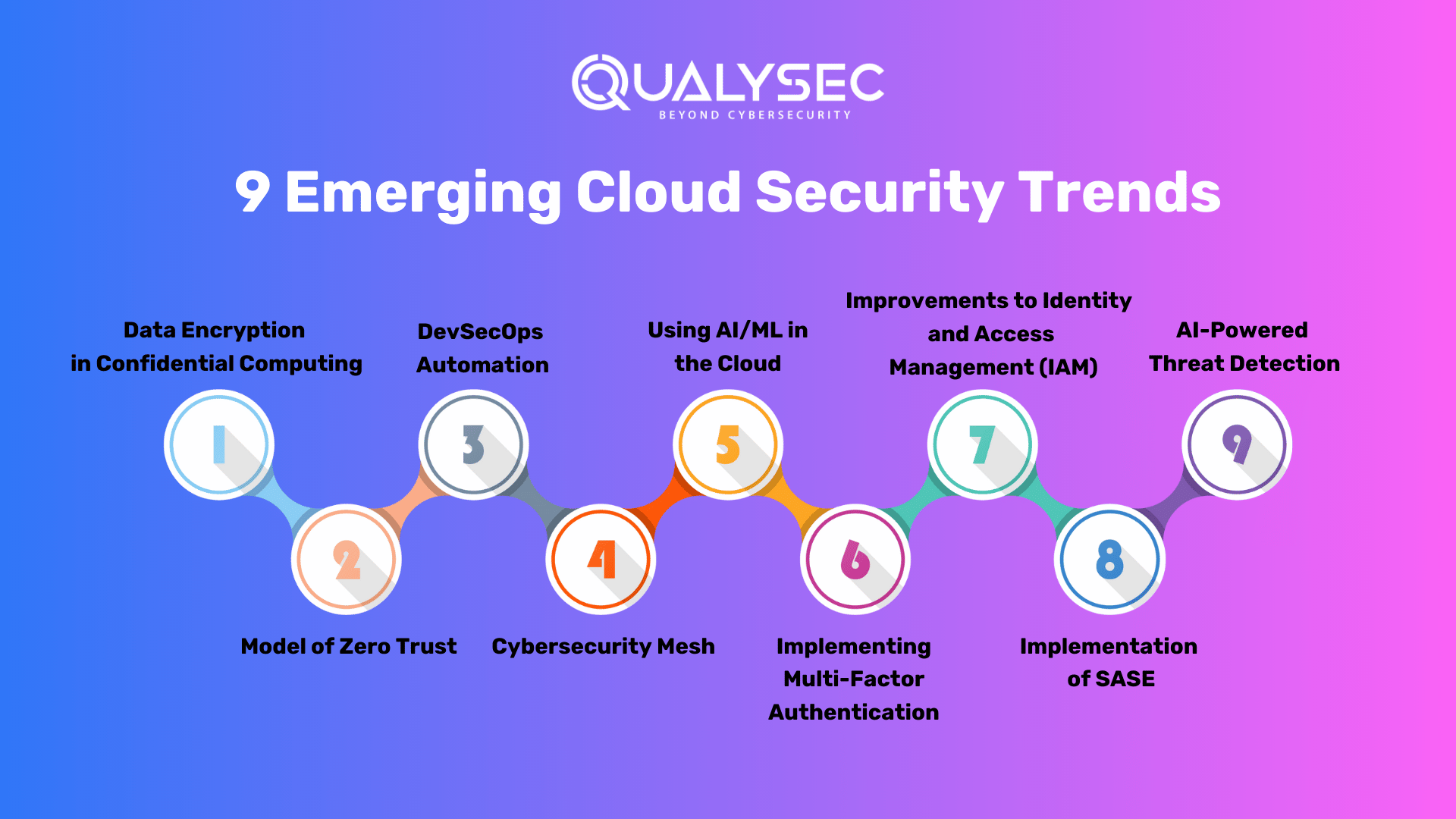



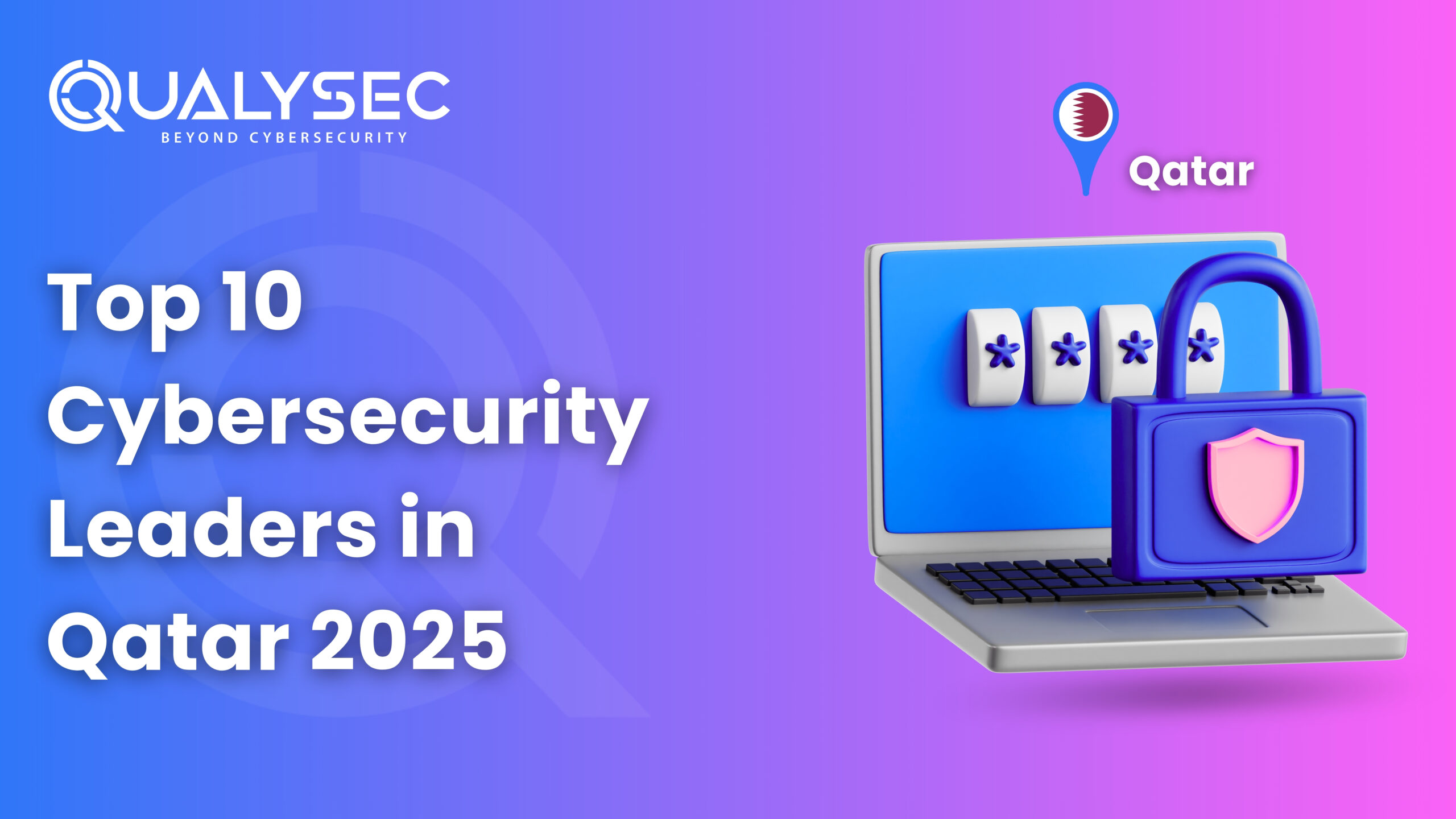
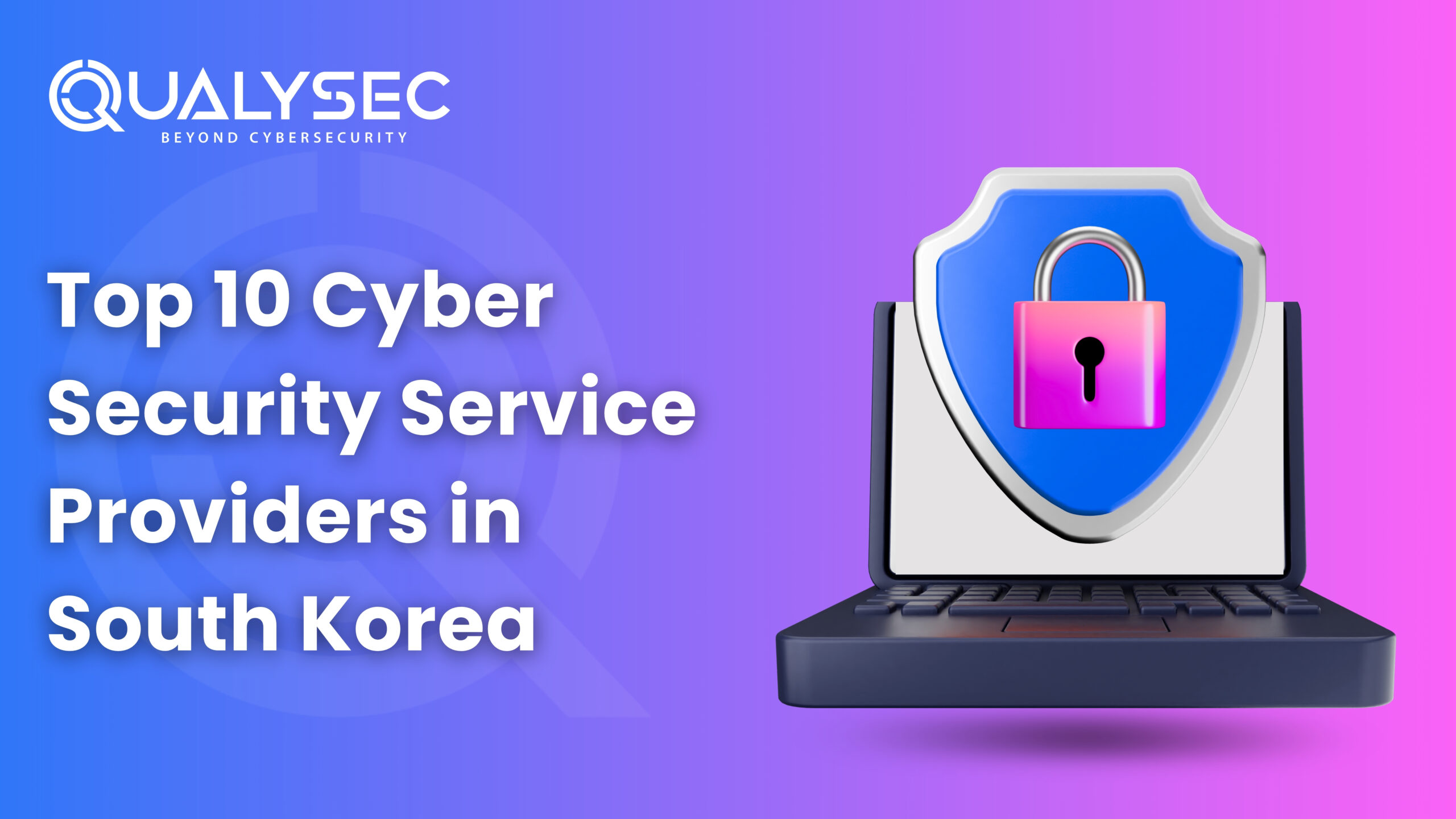
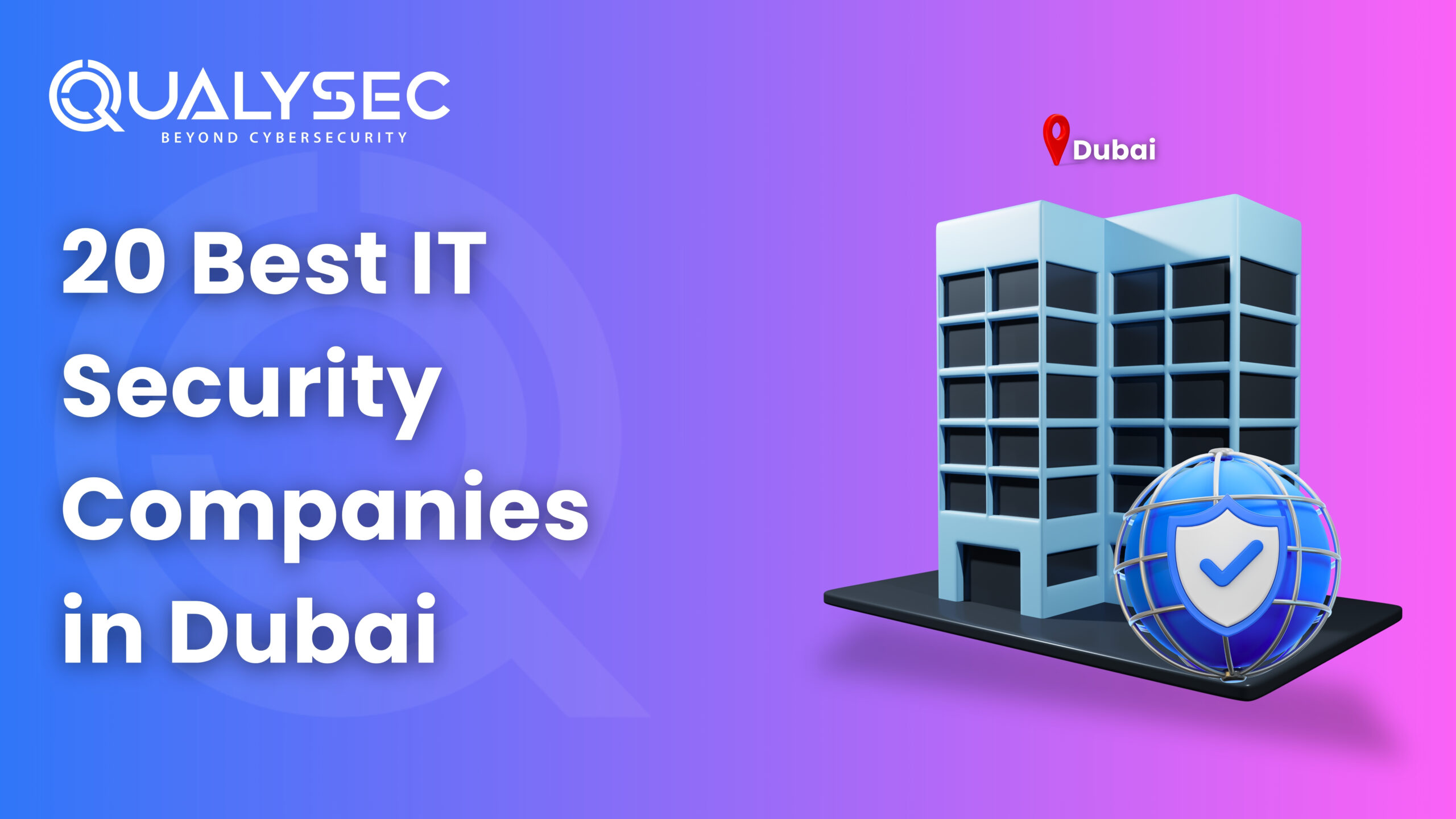
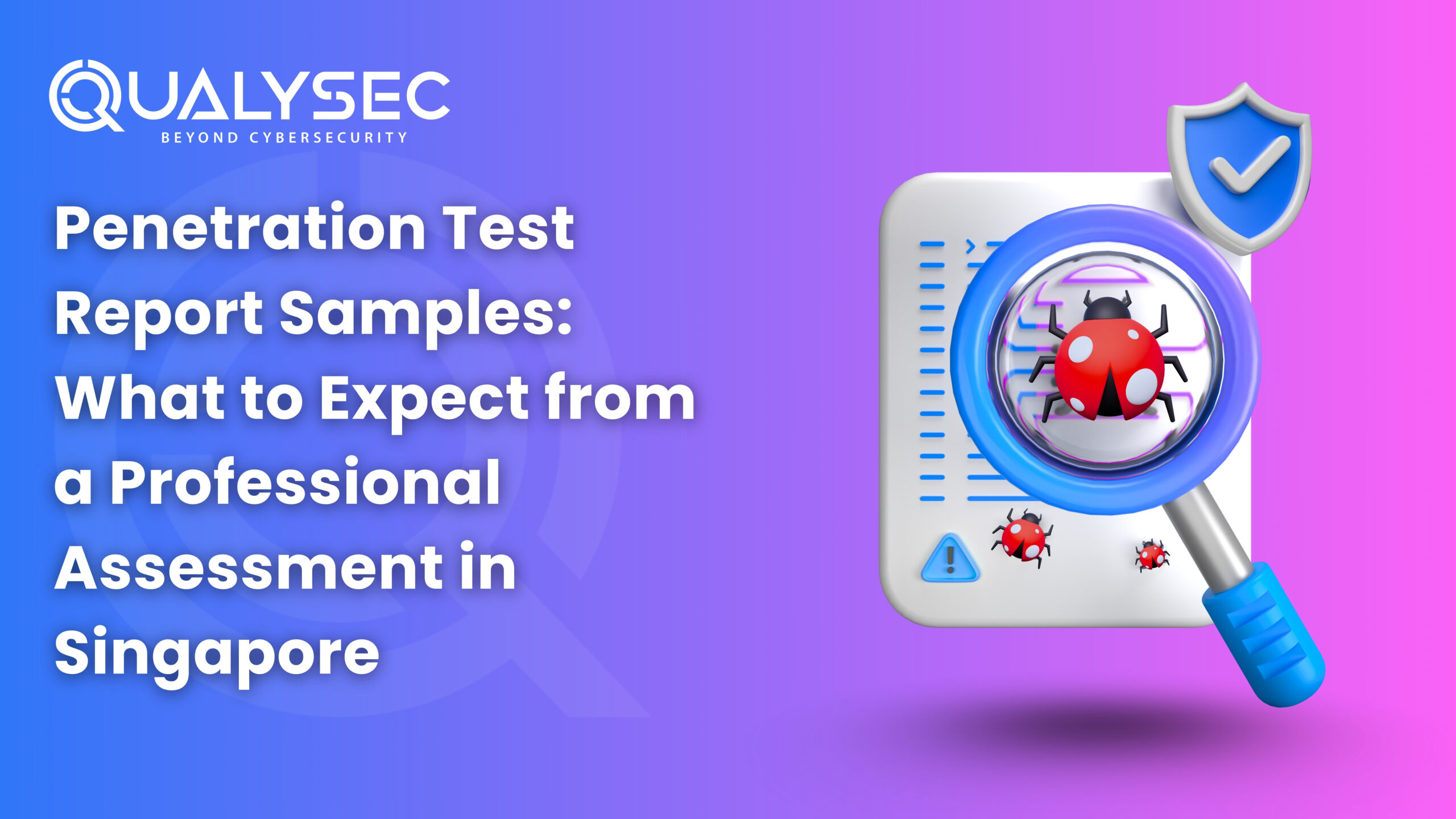
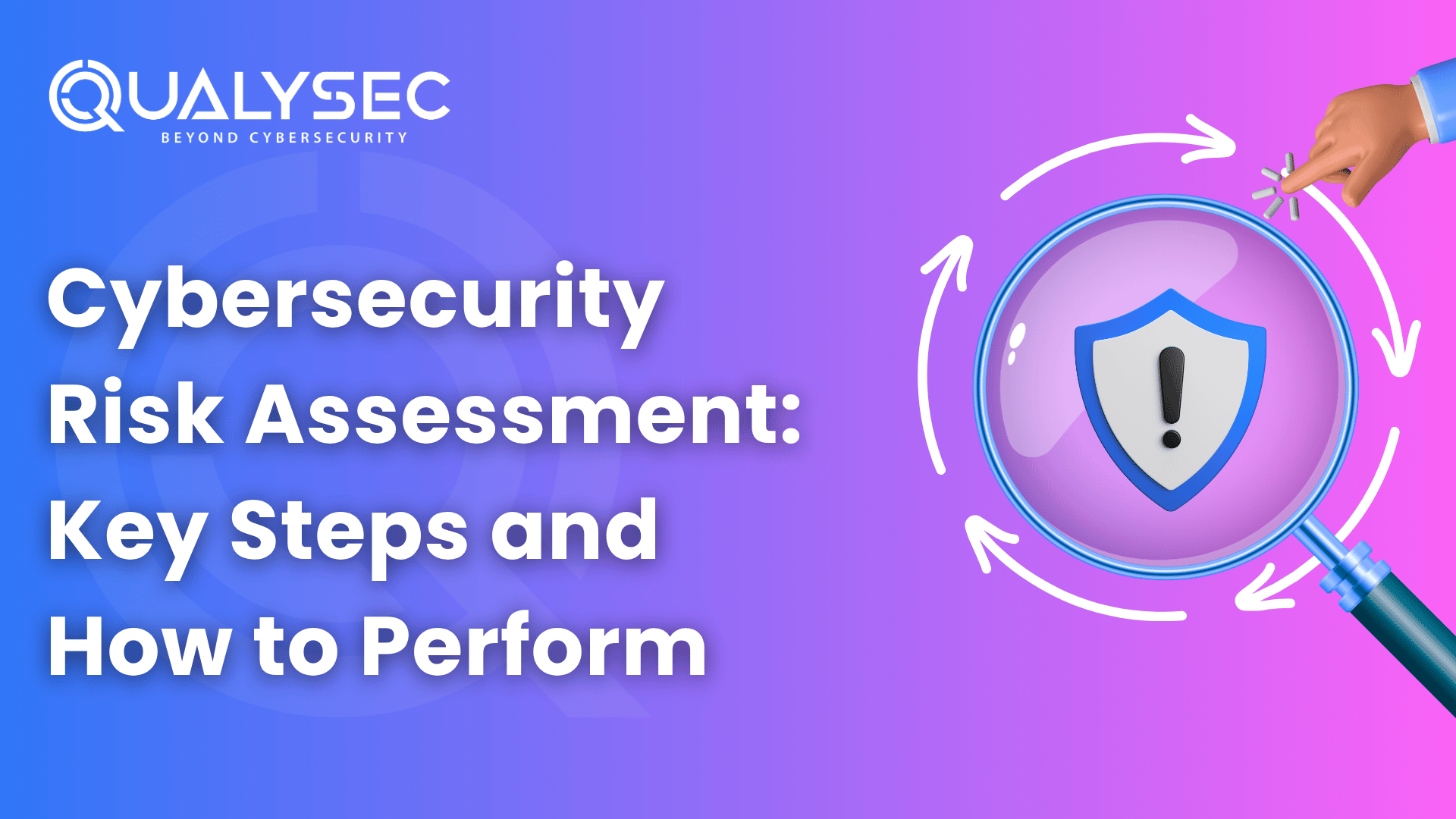
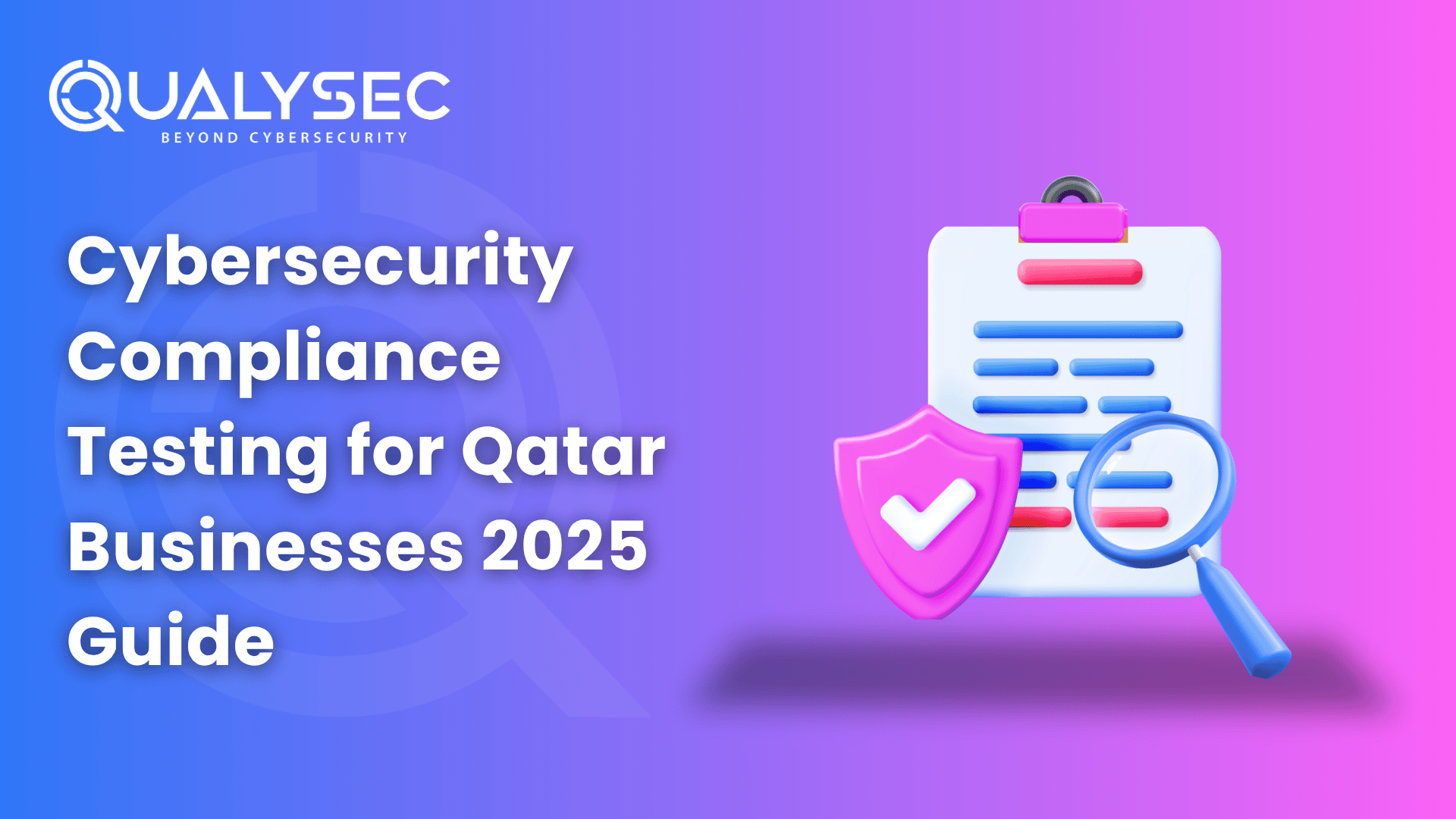
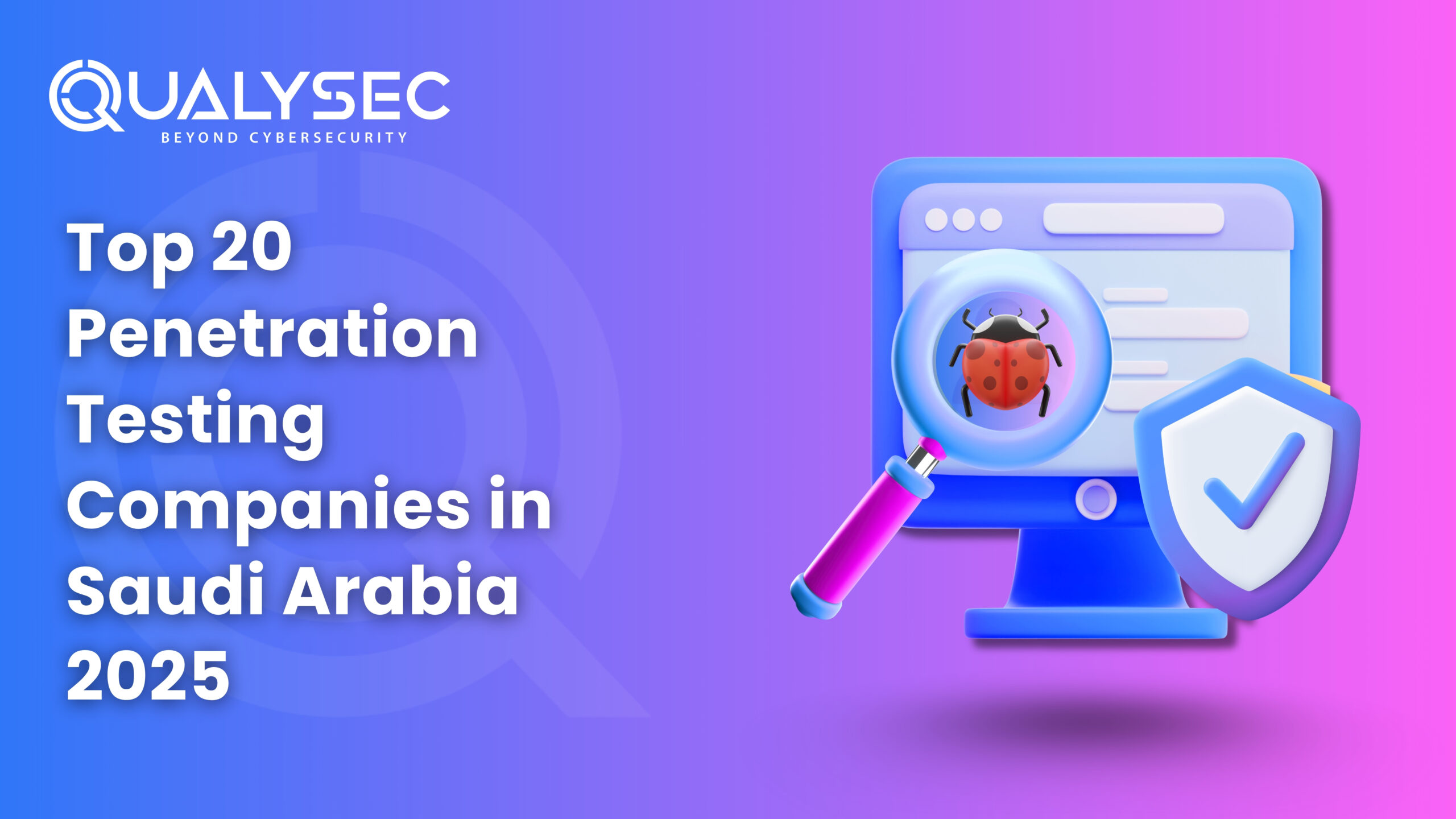
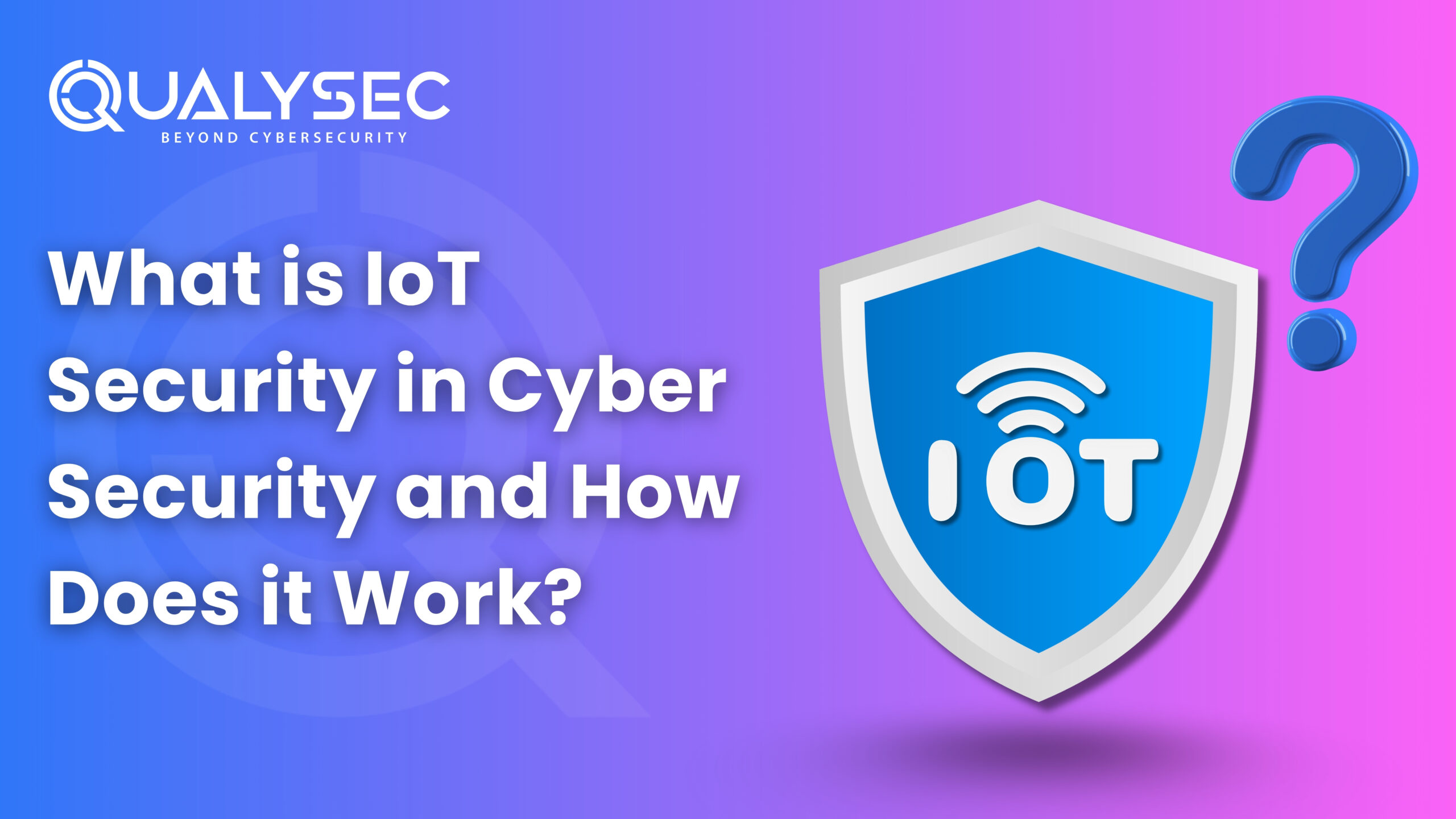
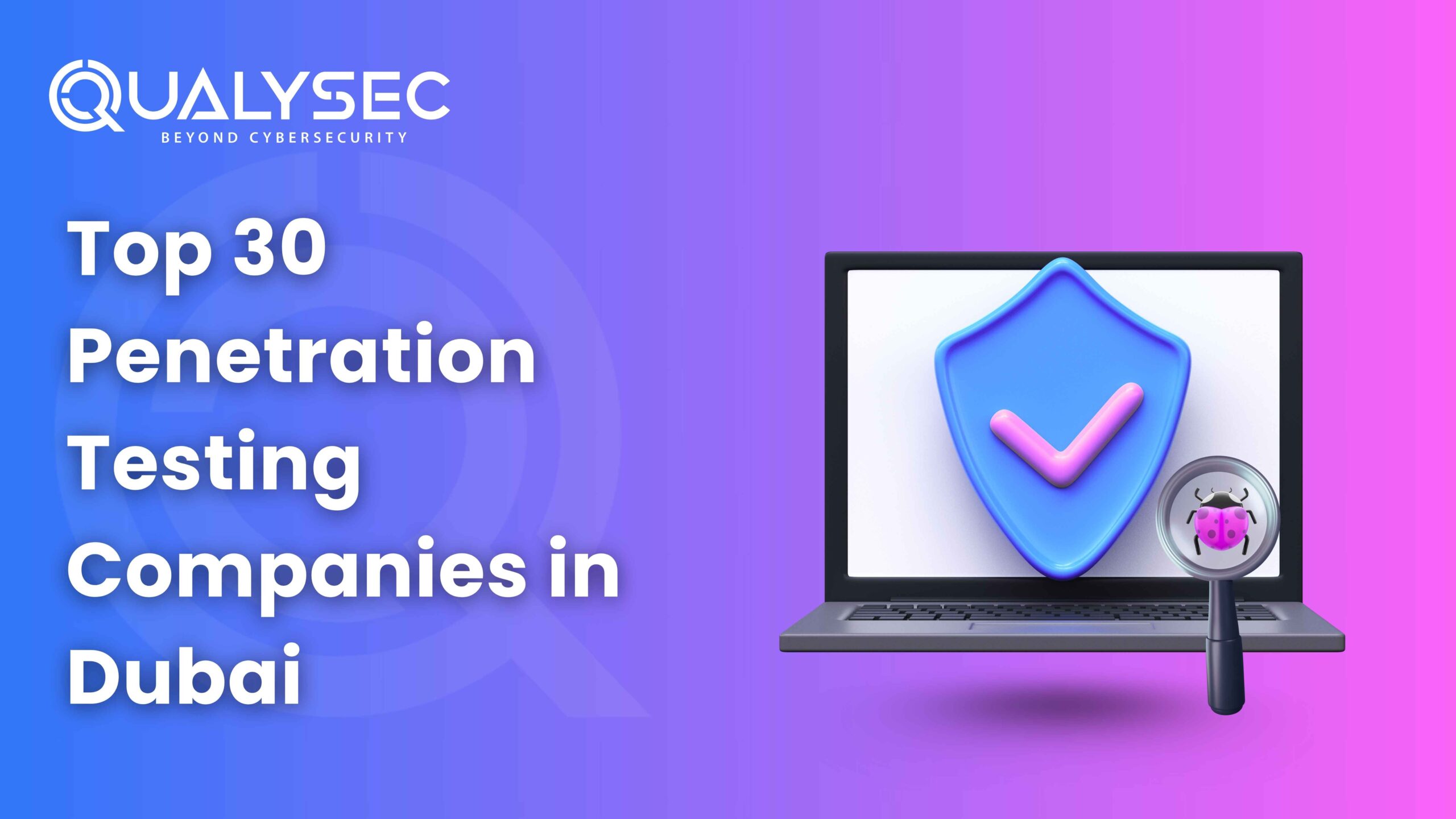

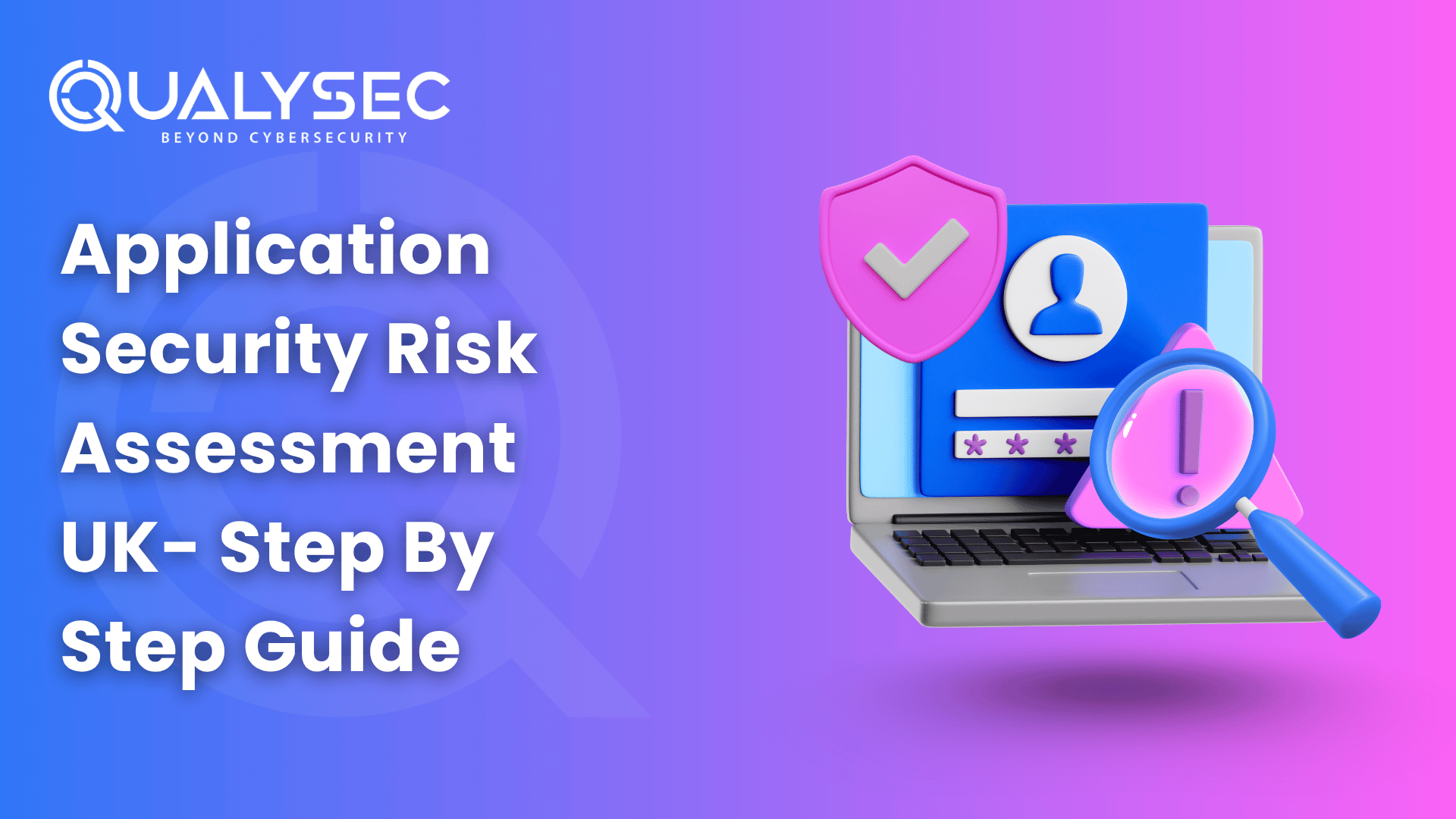
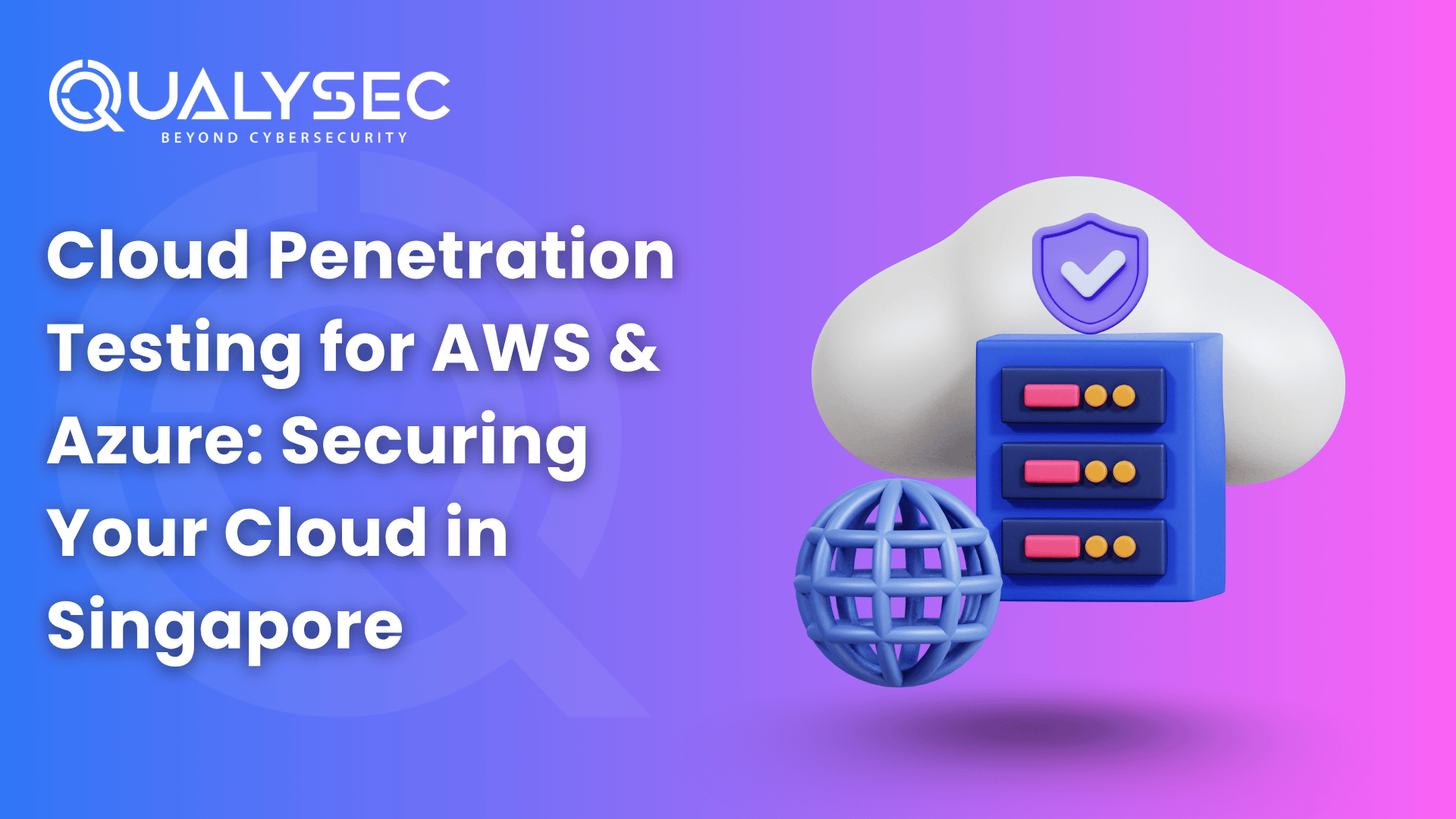
























































































































































































































































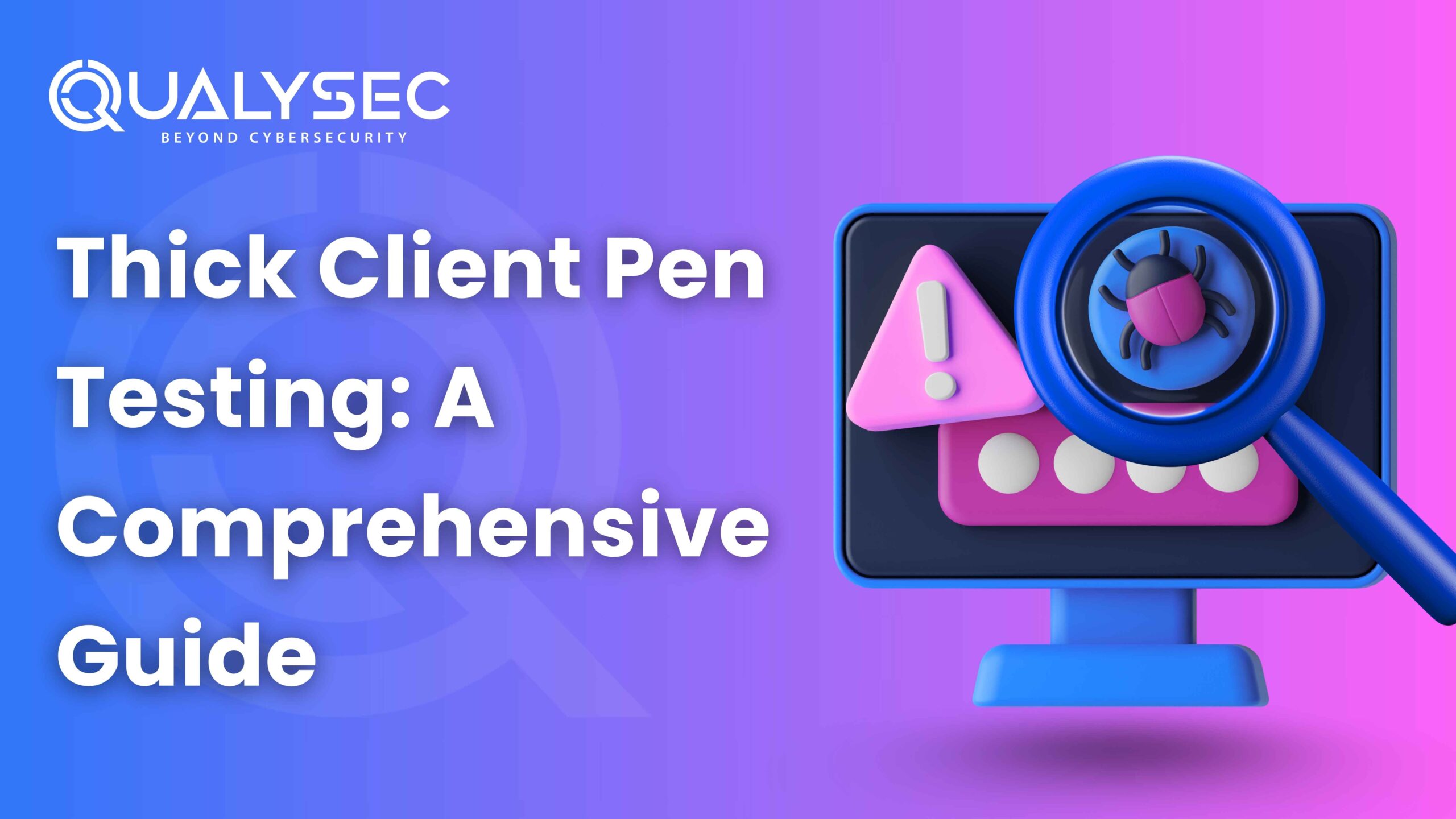


















































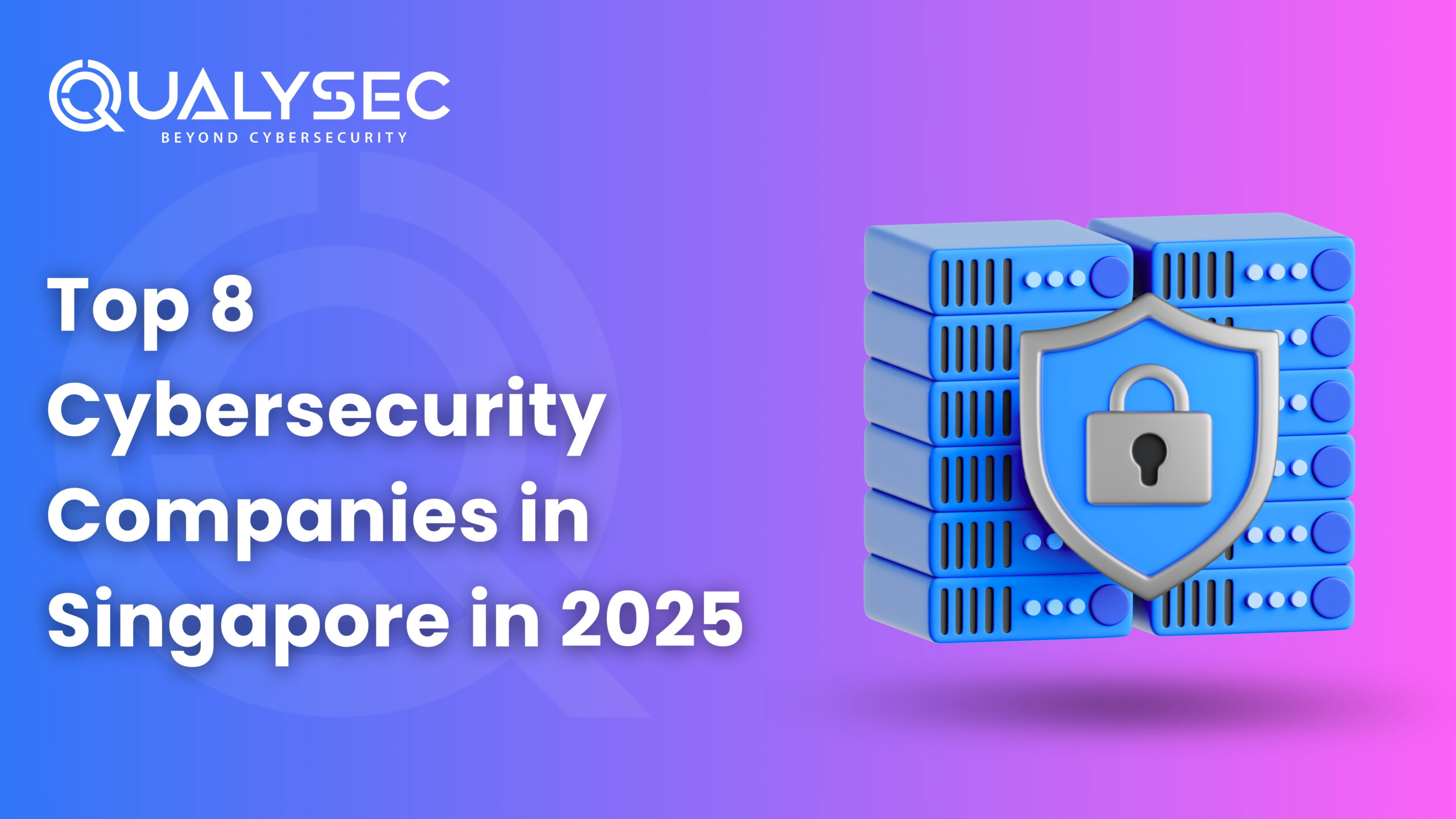














0 Comments